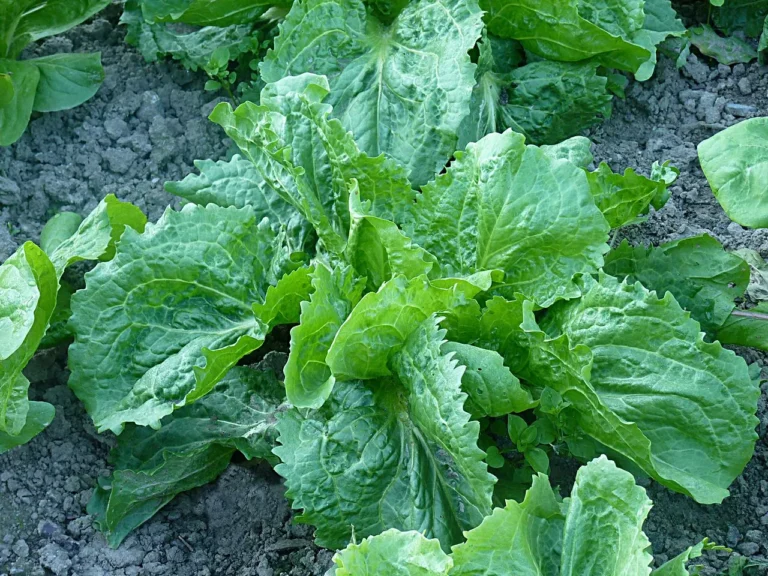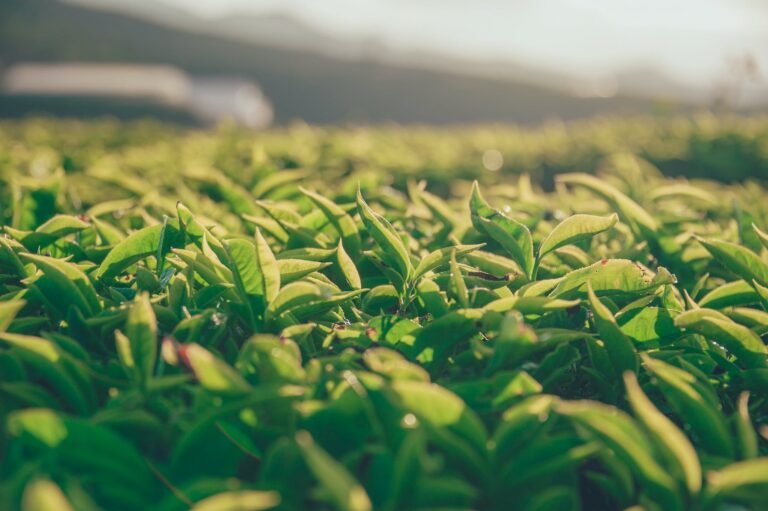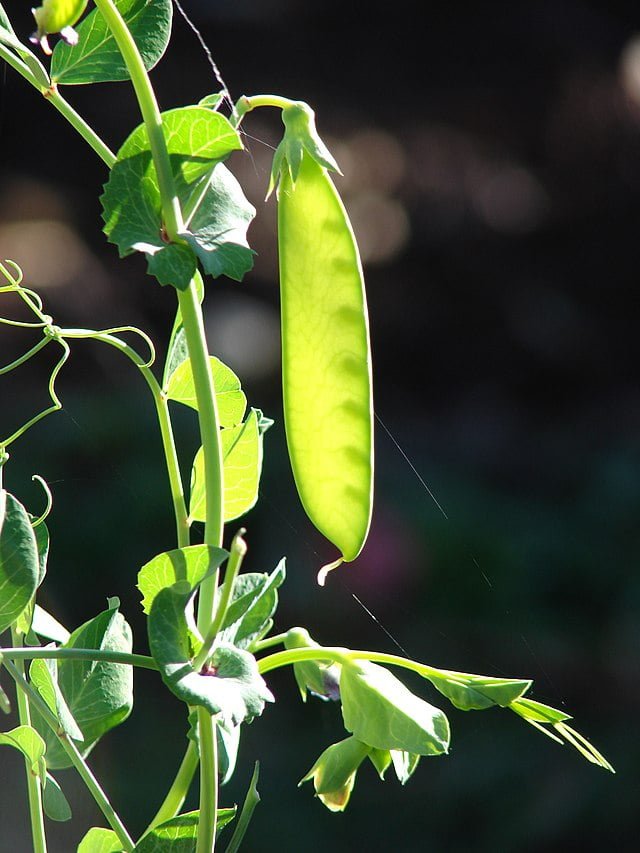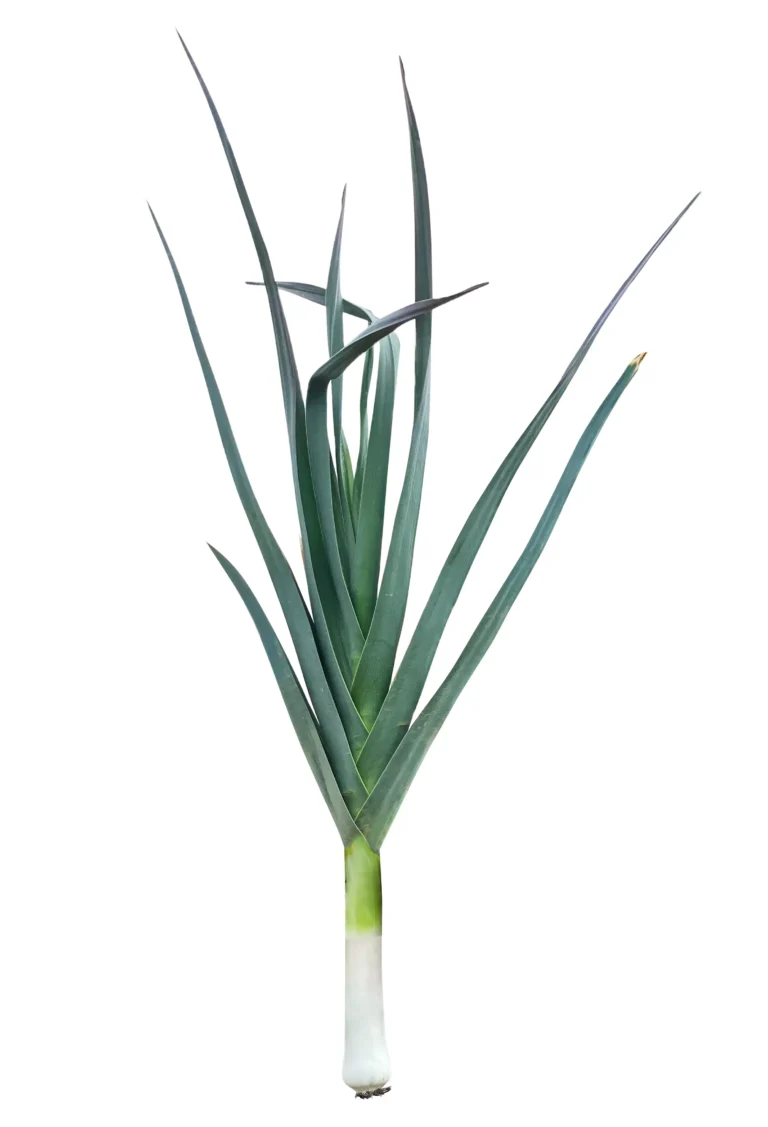Cultivating Lovage: An Essential Guide for the Herb Garden
Lovage (Levisticum officinale), with its striking appearance and robust flavour reminiscent of celery, is a must-have perennial herb for any gardener looking to expand their culinary palette. Originating from Europe and Southwest Asia, this underappreciated herb not only offers a potent flavour to dishes but also boasts decorative appeal with its tall stature and lush greenery. Whether you’re a seasoned gardener or a culinary enthusiast, growing lovage provides a unique opportunity to cultivate a herb that spans both decorative and practical uses. This guide will take you through the steps to successfully grow, care for, and harvest lovage.
What is Lovage?
Lovage is a hardy perennial herb that can grow up to 6 feet tall in ideal conditions. It features dark green leaves and, in the late spring to early summer, blooms with small yellow flowers that attract beneficial insects to the garden. The entire plant is edible, from its leaves and stems to its roots and seeds, each offering a distinct celery-like flavour that enriches soups, stews, salads, and more.
How to Grow Lovage
Planting Lovage
- Choosing a Site: Lovage thrives in full sun to partial shade and prefers rich, well-drained soil. Its deep roots require ample space, so choose a location where it can grow undisturbed for years.
- Soil Preparation: Work in plenty of organic matter to enrich the soil before planting. Lovage appreciates a pH between 6.5 and 7.0.
- Planting: Sow seeds directly in the garden in early spring, or start them indoors about 6-8 weeks before the last frost date. Plant seedlings or thin direct-sown seeds to stand about 2-3 feet apart to accommodate the plant’s eventual size.
Care and Maintenance
- Watering: Lovage requires regular watering, especially during dry spells, to maintain its lush growth. However, its deep root system makes it somewhat drought-tolerant once established.
- Feeding: Apply a balanced organic fertilizer in early spring to support vigorous growth. Lovage does not require frequent feeding due to its deep roots accessing nutrients well below the soil surface.
- Pruning: Cutting back the plant in late fall or early spring helps maintain a tidy appearance and encourages healthy new growth. You can also harvest leaves throughout the growing season as needed.
Harvesting Lovage
- Leaves: Harvest young leaves in the spring for the freshest flavour. Lovage leaves can be used fresh or dried for later use.
- Stems: Young stems can be blanched and eaten like celery or candied as a unique treat.
- Roots: Harvest roots in the fall of the plant’s first or second year. They can be dried and used as a flavouring agent in soups and stews.
- Seeds: Collect seeds in late summer once they’ve matured and turned brown. They can be used whole or ground in cooking.
Culinary Uses
Lovage’s rich, celery-like flavour makes it a versatile herb in the kitchen. Use it to add depth to broths, soups, and stews, or incorporate it into salads and potato dishes for a fresh, vibrant taste. Lovage seeds, with their slightly spicier profile, are excellent in bread, crackers, or as part of a spice blend.
Final Thoughts
Growing lovage adds both beauty and utility to your garden, providing a perennial source of flavour for a myriad of dishes. Its ease of care, coupled with its culinary versatility, makes lovage an invaluable herb for any gardener or cook. By following the guidance provided in this guide, you can enjoy the lush growth and distinctive taste of lovage in your garden and your kitchen for years to come.







